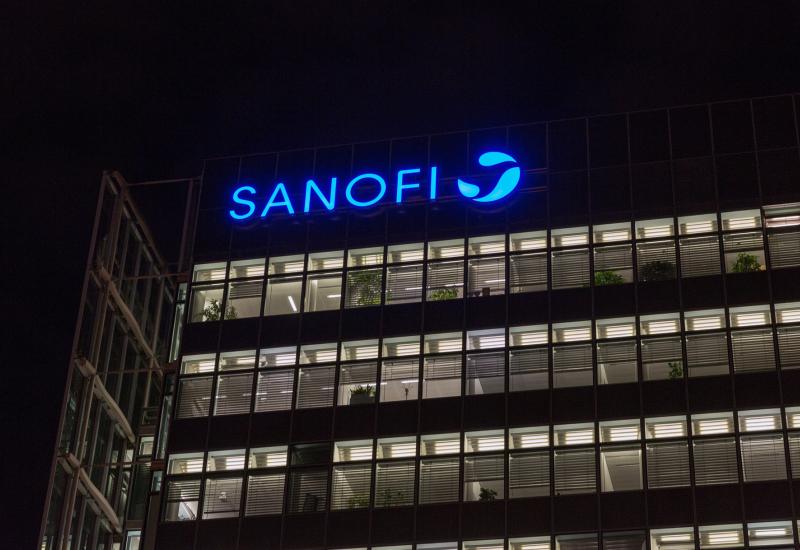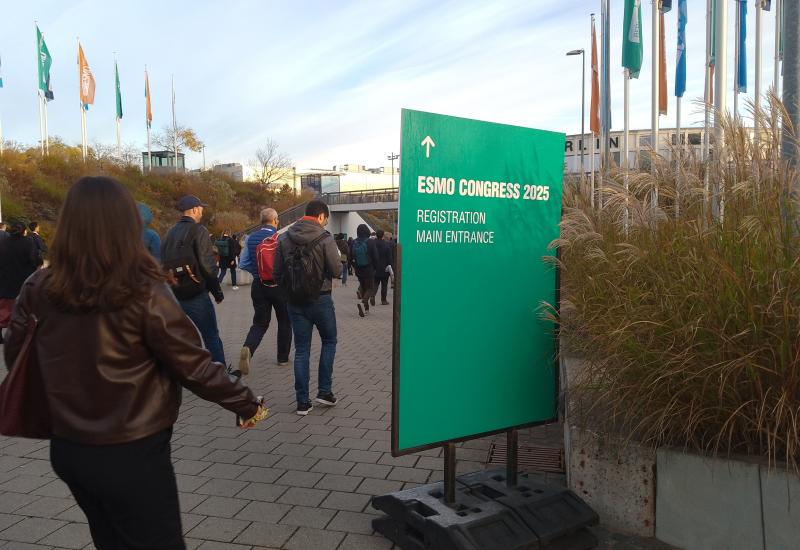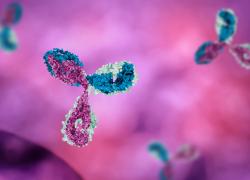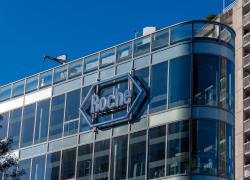
Triple meeting 2025 – Revolution hints at post-KRAS promise
The G12C-selective elironrasib produces a 42% ORR in post-Lumakras/Krazati patients.
The G12C-selective elironrasib produces a 42% ORR in post-Lumakras/Krazati patients.

Revolution Medicines’ KRAS G12C selective contender, elironrasib, has already shown promise in second-line NSCLC, but now data have suggested it could also be effective in patients who’ve already received approved KRAS G12C inhibitors.
The latest results from the phase 1 RMC-6291-001 trial, presented at the Triple meeting on Wednesday, came from just 24 patients, so will need to be confirmed in a larger trial. However, a 42% confirmed overall response rate looks like a positive sign in a group of patients with few options.
“On” vs “Off”
Two KRAS G12C inhibitors already have FDA accelerated approval for second-line KRAS G12C-mutant: Amgen’s Lumakras and Bristol Myers Squibb’s Krazati, based on ORRs of 36% and 43% respectively.
Both are said to target the “off” (GDP-bound) form of KRAS proteins, while elironrasib is designed to target the “on” (GTP-bound) form. According to Revolution it is RAS “on” signalling that drives uncontrolled growth.
The data just presented at the Triple (EORTC-NCI-AACR) symposium, involving a 200mg twice-daily dose, suggest that elironrasib could indeed overcome resistance to KRAS G12C “off” inhibitors.
As well as the 42% ORR, elironrasib produced a mean duration of response of 11.2 months, and mean PFS of 6.2 months.
There were also partial responses among five of seven patients with alterations in receptor tyrosine kinase and MAPK pathways, which are linked with resistance to KRAS G12C inhibitors.
Elironrasib appeared relatively safe, with only 8% of patients experiencing grade 3 treatment-related adverse events, and no grade 4 or 5 adverse events. Notable treatment-related side effects included diarrhoea (29%), nausea (21%), abdominal pain and peripheral oedema (13% each).
Elironrasib in post-KRAS G12C NSCLC
| Ph1 RMC-6291-001 | |
|---|---|
| Cutoff date | 4 Aug 2025 |
| % of pts with prior KRAS G12Ci | 92% (22/24) |
| cORR | 42% (10/24) |
| mDoR | 11.2 mths |
| mPFS | 6.2 mths |
| mOS | NR |
| Gr3 TRAEs | 8% (2/24) |
| Gr4/5 TRAEs | 0 |
Source: AACR-NCI-EORTC 2025.
Dr Bruna Pellini of Moffitt Cancer Center and Research Institute, who presented the data, deemed the signals “striking”, but conceded that the study was small, and it was “too early to draw any definitive conclusions”.
The project has already shown promise in NSCLC patients previously treated with immunotherapy and chemotherapy, but not a KRAS G12C “off” inhibitor, where it produced an ORR of 56%. Combinations with Keytruda and Revolution’s pan-RAS inhibitor daraxonrasib also look good, but again, data are early.
Revolution hasn’t yet disclosed pivotal plans for elironrasib, only saying that it plans to start “one or more” phase 3 trials of that project, as well as its selective G12D inhibitor zoldonrasib, “either as monotherapy or in a drug combination”.
181













